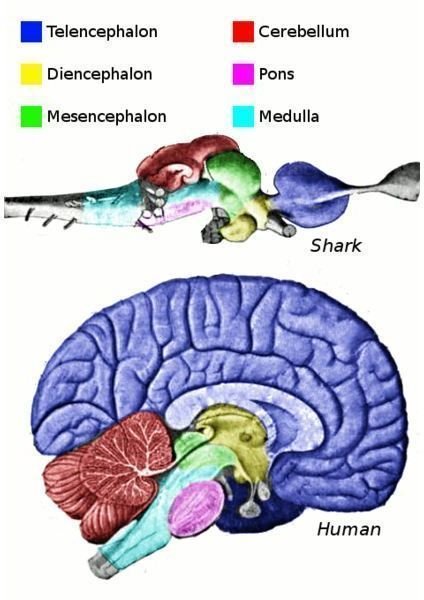Alpers Disease and the Reduction of Gray Matter
Alpers Disease
Alpers disease is a rare genetic disorder and children with the condition usually develop symptoms between the ages of three months and five years. Seizures are usually the first symptoms which can be followed by stiffness and low muscle tone. One of the most devastating aspects of Alpers disease is progressive dementia.
The part of the brain that is affected is the cerebrum, which is located in the front part of the forebrain and contains the gray matter - the nervous tissue that consists of cell bodies and dendrites. In people with Alpers there is a gradual reduction of the brain gray matter as cells are degraded. Liver complications are also a feature of this disease - jaundice and cirrhosis which can eventually lead to liver failure.
Autosomal Recessive

The degenerative disease has more than one cause, although their exact nature is unknown at present. The most common cause is a faulty gene or genes, which have yet to be fully identified, but the condition is an autosomal recessive disorder. This means that two copies of a mutated gene must be present for an individual to develop the condition - therefore both parents must be carriers. The chance of two unaffected carriers producing a child with Alpers disease is 1 in 4.
It is also believed that the disease can occur spontaneously; that is, not due to inheritance.
Alpers Disease Genes
Currently the specific genetic mechanism and/or environmental triggers have yet to be revealed, but they result in the depletion of mitochondrial DNA. Mitochondria are the organelles that provide a cell’s energy. There can be thousands inside each cell and they have their own DNA which is separate from the nuclear DNA.
One gene that has been identified as a possible cause is the polymerase gamma gene (POLG) which encodes a protein that is the catalytic subunit of mitochondrial DNA polymerase. It is involved in the replication of mitochondrial DNA. In 2005 scientists published a paper in Neurology that listed nine combinations of mutant POLG alleles that cause the disease. (NEUROLOGY 2005;65:1493-1495). The researchers had studied six patients from four unrelated families.
Outlook
Although research is moving forward at a steady pace, there is no treatment that can stop Alpers disease in its tracks. Treatments are given to manage the symptoms as best as possible, including drugs to reduce seizures, and pain relief if needed. The aim of genetic studies will be to determine the root cause of the disease and then design ways of either preventing it or to stopping it from progressing.